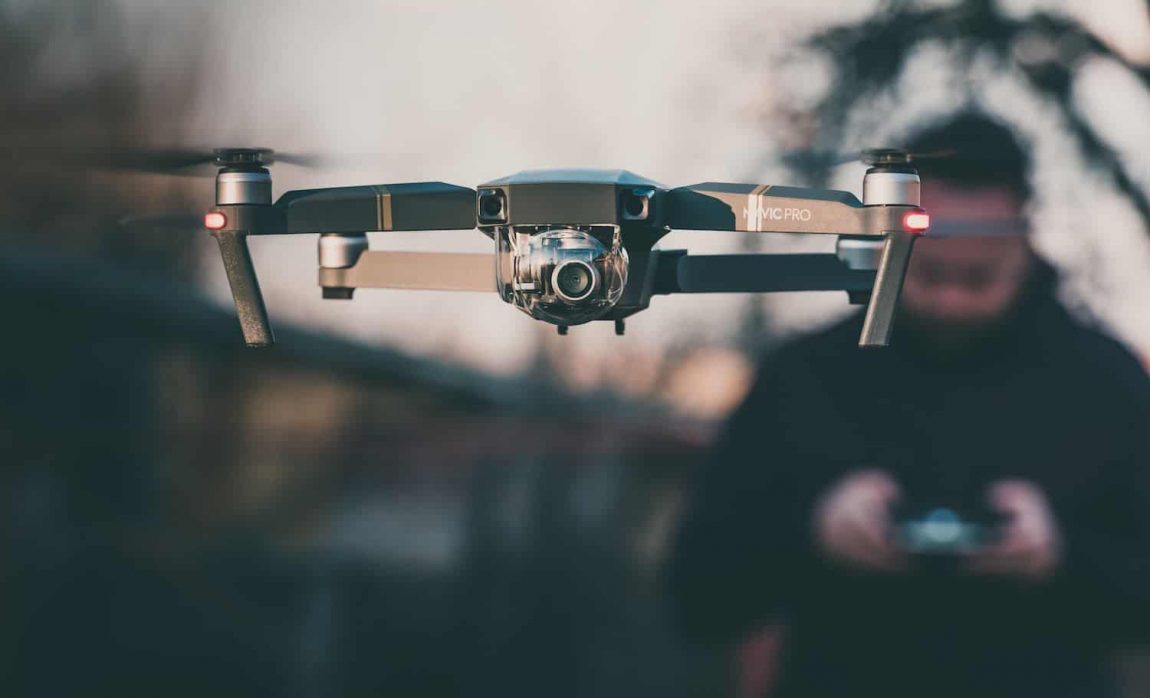Key Takeaways
- Unmanned Aerial Vehicles (UAVs), or Drones: Remarkable aircraft operating without human pilots on board, originally developed for military missions and now widely used in various civilian and commercial applications.
- Terminology: ‘Drone’ commonly used; other terms include Unmanned Aircraft System (UAS) and Remotely Piloted Aerial Vehicle (RPAV).
- Classification and Types: Diverse range based on size, range, endurance, autonomy, and operational roles. Include miniaturized versions to large, sophisticated military drones.
- Technology and Autonomy: Advanced technologies like AI, machine learning, and computer vision enable drones to operate autonomously or be remotely controlled.
- Historical Development: From early 20th-century military training tools to modern, versatile devices for surveillance, delivery, entertainment, and more.
- Applications: Broad spectrum ranging from military, surveillance, agricultural, environmental monitoring to commercial deliveries and entertainment.
The Fascinating World of Unmanned Aerial Vehicles (UAVs): A Journey from Military Tools to Daily Life Enablers
Let me take you on a fascinating journey through the world of Unmanned Aerial Vehicles (UAVs), commonly known as drones. It’s a story that begins in the realms of military strategy but quickly sprawls into our daily lives, transforming everything from agriculture to entertainment.
From Military Beginnings to Civilian Integration
Remember the time when drones were primarily military tools? They were developed for tasks deemed too dangerous or monotonous for humans. But as technology evolved, so did the uses of drones. Now, they’re not just for reconnaissance or combat; they’re delivering our packages, capturing stunning aerial photography, and even racing in high-tech sports.
The Evolution of Technology and Autonomy
What truly sets drones apart is their sophisticated technology. We’re talking about a blend of AI, robotics, and cutting-edge sensors. These machines can navigate treacherously terrains, make decisions in real-time, and even operate entirely autonomously. It’s like having a futuristic bird that knows exactly where to go and what to do!
Classification: A Diverse Fleet
Drones come in all shapes and sizes, each designed for specific tasks. Some are tiny, agile, and perfect for intricate surveillance missions, while others, like the MQ-9 Reaper, are large and capable of carrying payloads for more significant operations. It’s like a grand parade of aerial robots, each with its unique role and capabilities.
Applications: Beyond the Battlefield
The applications of UAVs are as diverse as their designs. In agriculture, they monitor crops and distribute pesticides. In environmental conservation, they track wildlife and assess disaster damage. Even in entertainment, drones have found a place, dazzling us with choreographed light shows that once seemed like science fiction.
Drones in Our Daily Lives
Imagine this: you order a product online, and within hours, a drone delivers it to your doorstep. Or picture emergency medical supplies being airlifted to remote areas by these unmanned saviors. The possibilities are endless, and the future seems to be arriving on the wings of these remarkable machines.
The Future: A Sky Filled with Drones?
As we look ahead, the sky might become a buzzing hub of drone activity. From delivering our groceries to providing internet connectivity in remote areas, UAVs are set to become an integral part of our future. And with continuous advancements in technology, who knows what new frontiers they’ll conquer next?
Reflective Questions
- How will the integration of drones into everyday life change our approach to privacy and airspace regulation?
- Could drones be the key to solving some of our most challenging environmental monitoring issues?
- In what ways might the evolution of drone technology impact future employment and skill requirements?
Drones, once a symbol of military power, are now emerging as harbingers of innovation and convenience in our daily lives. Their journey from remote-controlled machines to autonomous agents of change is nothing short of remarkable. As we embrace this aerial revolution, it’s exciting to think about what the sky will bring next.
Frequently Asked Questions
- What is a UAV (Unmanned Aerial Vehicle)?
A UAV, commonly known as a drone, is an aircraft operated without a human pilot aboard. It ranges from small consumer-grade models to large military drones. - How are UAVs classified?
UAVs are classified based on size, weight, range, endurance, and operational purpose. Categories include micro, mini, tactical, and strategic drones, each serving different roles. - What are the main uses of UAVs?
Beyond military applications, UAVs are used for aerial photography, agriculture, environmental monitoring, disaster management, surveillance, and entertainment. - How do UAVs navigate and operate autonomously?
UAVs use a combination of technologies like GPS, computer vision, AI, and machine learning to navigate and perform tasks autonomously or be remotely controlled. - Are UAVs safe and regulated?
UAV operation is subject to regulations which vary by country. Safety concerns address airspace management, privacy, and security. Continuous advancements aim to enhance UAV safety and integration into national airspace systems.





